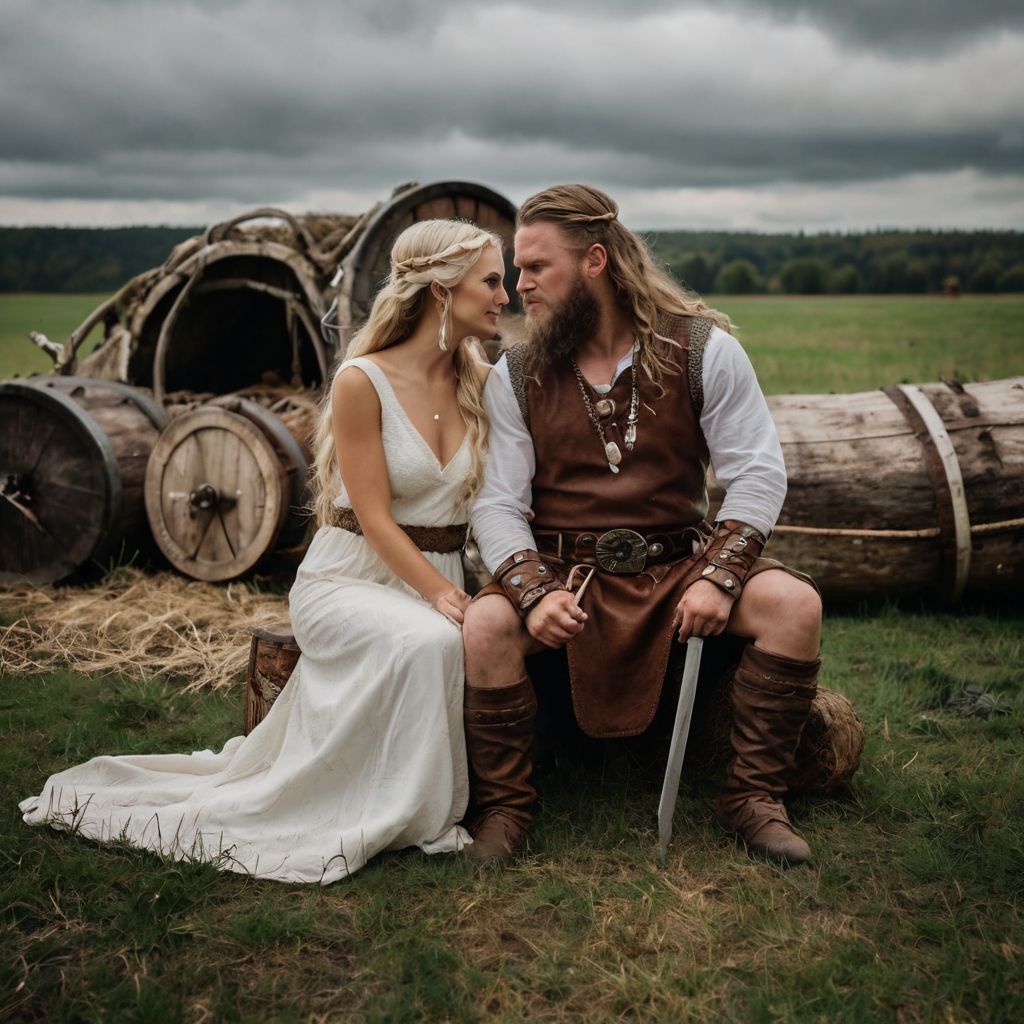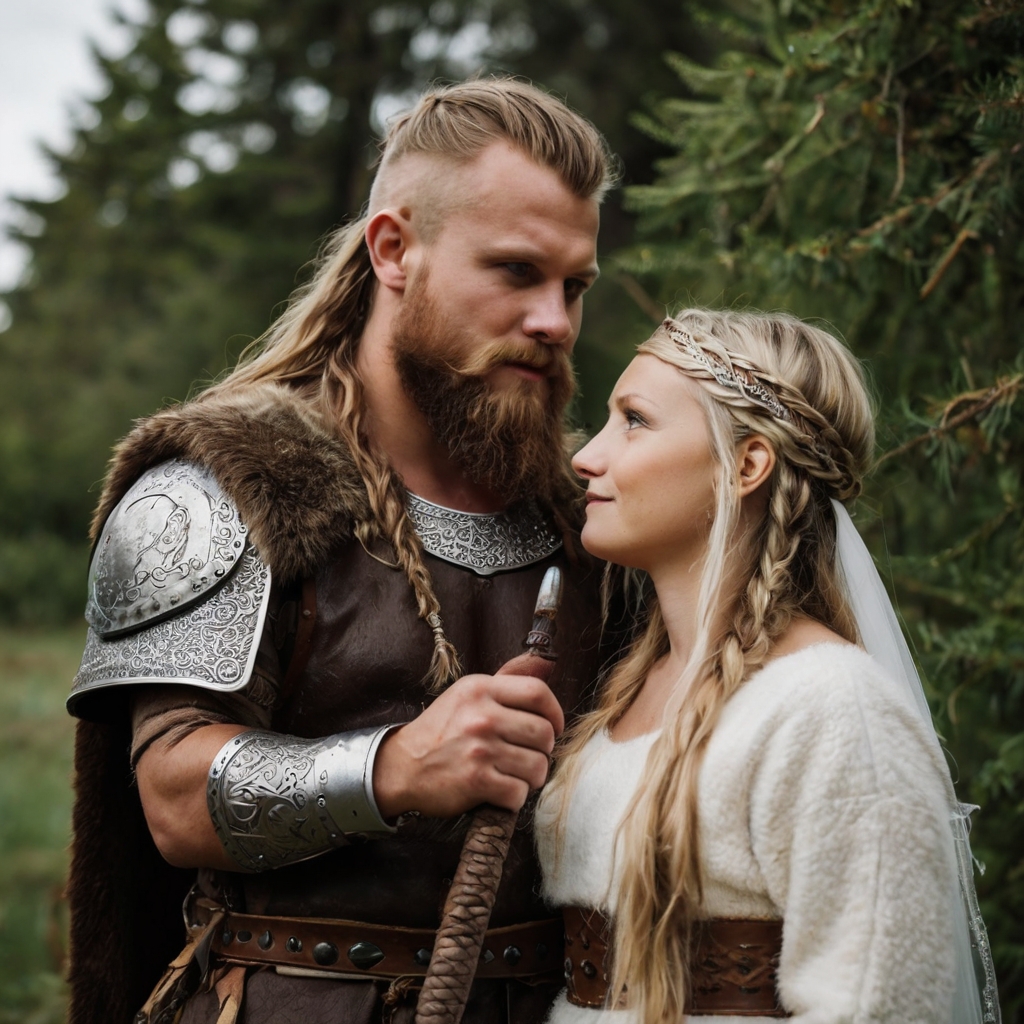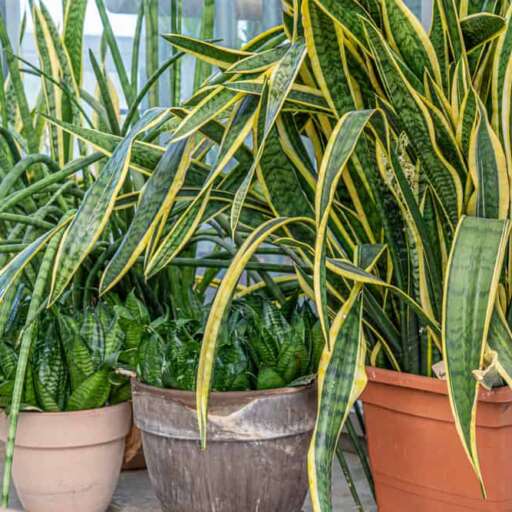Viking themed weddings give couples an affordable option compared to traditional celebrations. Creative couples have organized these ceremonies for just $6000. Norse-inspired celebrations blend ancient traditions with customized elements that make them stand out from regular wedding formats.
These weddings are rich in symbolism through their distinctive rituals. The handfasting ceremony binds the couple’s hands with cords to show their unity and commitment. Couples often exchange swords to symbolize protection and loyalty. The traditional Blót ceremony helps them honor their gods and ancestors. The wedding party experience is different too – attendants can choose between flowers, daggers, or boutonnieres.
DIY elements work well to create an authentic Viking atmosphere, especially when you have budget constraints. Handmade ornaments, centerpieces, and real shields, swords, and axes forged by family and friends add meaning to the celebration. This practical wedding planning approach matches the self-reliant spirit of Viking culture perfectly.

Table of Contents
- 1 The Core Rituals of a Viking Wedding
- 2 Symbolism in Viking Wedding Decor
- 3 What Most Planners Don’t Tell You About Attire
- 4 Unexpected Costs and DIY Secrets
- 5 Entertainment and Guest Experience Ideas
- 6 Summing all up
- 7 Here are some FAQs about viking themed wedding:
- 7.1 What is a Viking themed wedding?
- 7.2 What is the key at a Viking wedding?
- 7.3 How to make a Viking wedding?
- 7.4 What were the rules for Viking marriage?
- 7.5 What to wear at a Viking wedding?
- 7.6 What color did Viking brides wear?
- 7.7 What symbols were used in Viking weddings?
- 7.8 What gifts were common at Viking weddings?
- 7.9 What are the blessing words for the Viking wedding?
The Core Rituals of a Viking Wedding
Ancient traditions breathe life into Norse celebrations and are the foundations of every authentic Viking themed wedding. These rituals mean more than just symbols – they represent protection, loyalty, and community values that shaped Viking society.
Handfasting: Binding the couple in unity
“Tying the knot” comes from handfasting – a centerpiece of Norse themed weddings where couples join hands bound by woven cords or ribbons. This powerful ritual shows the commitment between partners. The materials used held deep meaning:
- Blue cords represent tranquility and patience
- Red symbolizes strength and passion
- Green signifies fertility and health
- Gold and ivory honor Frigga, the Norse goddess of marriage
Couples often chose cord lengths and decorations that held personal meaning, and some added family heirlooms or special charms to their bindings. Unlike today’s quick ceremonies, this ritual showed two lives joining together through good times and bad.
Exchanging swords or rings: A vow of protection
Viking couples exchanged swords before the modern tradition of ring exchanges began. The groom gave his ancestral sword to his bride to show trust in her with his family’s heritage and honor. This sword represented his promise to protect and stay loyal to her.
The bride’s family gave a sword to the groom that showed they accepted him and trusted him to protect their daughter. Many of these swords had oath rings built into their hilts, which the couple removed and wore during the ceremony.
Modern couples can adapt this tradition by placing their wedding rings on ceremonial sword hilts or using smaller daggers instead.
Blót ceremony: Honoring gods and ancestors
The Blót was a sacred sacrificial ritual to honor Norse gods and gain their blessings for the marriage. Traditional ceremonies involved sacrificing an animal (usually a goat for Thor) and using its blood in the ritual. The priest would sprinkle the blood over god statues, themselves, and the couple as a blessing.
Today’s Viking themed weddings take a more symbolic approach. Couples light candles, offer flowers to nature, or share meaningful items to show gratitude. This keeps the spirit of honoring ancestors and seeking divine blessings alive without actual sacrifice.
Drinking mead: A toast to the future
Mead – honey wine – was more than just a drink at wedding celebrations. The couple shared mead from one vessel called a “loving-cup” to show their union. This “bride-ale” ritual sealed their marriage and meant shared fortune.
The word “honeymoon” comes from an old Norse custom where newlyweds drank mead for a full moon cycle (30 days) after marriage. People believed this brought fertility, happiness, and abundance to the marriage.
The groom carried his bride across the feasting hall’s threshold before this ceremonial drinking. The feast that followed, called the Symbel, included heartfelt toasts and stories that could last for days.
Couples planning Nordic Viking themed weddings today can use handcrafted mead and traditional drinking horns to connect with this thousand-year-old tradition of celebrating love and new beginnings.

Symbolism in Viking Wedding Decor
A Viking-themed wedding’s visual elements do more than create a beautiful backdrop—they speak a powerful symbolic language that celebrates ancient Norse traditions. Each decorative choice, from sacred runes to natural materials, carries deep meaning that links modern couples to their Viking heritage.
Runes and their meanings in wedding settings
The Elder Futhark, an ancient runic alphabet from the first and second century A.D., means much more than decoration in Norse-inspired celebrations. Ancient people carved these powerful symbols into stone and metal to protect, cast ritual magic, and tell stories. Today’s Viking-themed weddings feature these runes on invitations, centerpieces, ceremony spaces, and wedding rings to bring specific blessings.
Several runes hold special meaning to couples who start their marriage journey:
- Gebo (G): This “X” shaped rune represents spiritual connection, willing surrender, faith, and hope—making it ideal for wedding altars
- Wunjo (W): This symbol stands for joy, emotional safety, and family bonds
- Jera (Y): It represents a full turn of the wheel, coming full circle, and abundance
- Berkano (B): This rune connects to fertility, renewal, and new beginnings
Many couples use bind runes—combined symbols that blend multiple runes’ power. The marriage bind rune joins Gebo and Jera to represent spiritual connection, hope, faith, and abundance. These ancient symbols turn ordinary decor into powerful talismans for the couple’s future.
Using natural elements like wood, fur, and fire
Viking-themed wedding decor shines through simplicity rather than complex arrangements. True Norse esthetics come alive through natural materials that reflect Viking life’s essence. Raw elements such as weathered wood, hammered metal, animal hides, and antlers create a rugged yet elegant atmosphere.
Fire stands at the heart of creating an authentic atmosphere. Iron candelabras, hanging lanterns, or floor-standing torches cast warm, low light that captures ancient celebrations’ mood. Ceremonial fire pits become focal points where allowed, with mini bonfires or torch trails marking pathways. Indoor venues can use candles in stone bowls or hand-poured wax votives to add textured light.
The celebration connects to natural cycles that guided ancient Norse life through seasonal elements. Spring weddings might showcase wildflowers and fresh greenery. Autumn ceremonies could feature dried herbs, grain, and fallen leaves. This natural approach grounds the celebration in Viking life’s rhythms.
Creating a Norse altar or ceremonial space
Ancient Norse rituals took place outdoors—beneath open skies, near water, or in sacred groves. Modern Viking-themed weddings can capture this spirit by choosing venues that mirror ancient landscapes: forest glades with tall trees, cliffside spots with sweeping views, riverside clearings that honor water’s role in Norse mythology, or meadows where tall grass marks ceremonial boundaries.
The ceremonial altar or space remains the heart of any Viking wedding. Traditional Norse altars feature:
- Rough-hewn wood or stone with the couple’s chosen runes
- Standing stones or mini runestone circles around the couple
- Animal hides as surface coverings or rugs
- A ceremonial fire pit at the center (or lanterns as alternatives)
- Natural elements like antlers, beeswax candles, and dried herbs
Couples can create an immersive experience by extending the Norse theme to reception spaces. Long banquet tables made from reclaimed wood, centerpieces combining antlers and wildflowers in clay vessels, and rune signage carved into wood or burned onto leather panels help mark different areas.
These symbolic elements help couples create a meaningful space that honors ancient traditions while celebrating their modern love story.
What Most Planners Don’t Tell You About Attire
Creating perfect attire for a Viking-themed wedding brings unique challenges that wedding planners often miss. Traditional wedding outfits seem simple compared to historically accurate Norse garments. These outfits need special knowledge and resourcefulness to get right.
Challenges of sourcing authentic Viking outfits
Viking wedding attire proves harder to create than most couples expect in their original plans. Hollywood versions from costume shops look nothing like historical garments. Real Viking clothing used special methods like tablet weaving and natural dyes. Modern manufacturers rarely match these techniques.
Real materials like hand-woven wool, linen, and authentic trims are hard to find and expensive. Custom-made authentic Viking clothing costs between $500-$1500 per outfit based on its complexity and materials.
Couples should reach out to historical reenactment communities or specialized craftspeople. Mainstream wedding planners rarely know experts in this niche. Couples with tight budgets might want to rent from medieval festivals or historical reenactment groups.
Modern Viking themed wedding dresses and tunics
Today’s designers create stylish options that blend historical elements with modern comfort. Current Viking-themed wedding dresses feature:
- Apron-style overdresses with embroidered trim
- Natural fabric underdresses with flowing sleeves
- Corset-inspired bodices with Norse-inspired designs
- Earth-toned color palettes with pops of deep blue or red
Grooms can choose well-laid-out tunics paired with fitted trousers instead of historical baggy pants. These changes keep the Norse look while making the outfits more comfortable for celebrations.
One detail people often miss: Viking wedding attire needs to match the season. Summer ceremonies work better with lighter fabrics. Winter celebrations need furs and heavier wool layers that add both authenticity and warmth.
Braids, cloaks, and accessories that complete the look
The right finishing touches transform a costume into authentic Viking bridal attire. Hair styling plays a vital part in Viking wedding esthetics. Intricate braids with beads, leather cords, or small metal ornaments create authentic looks for both brides and grooms.
Nordic Viking-themed weddings use cloaks in two ways. They create dramatic flair and provide warmth during outdoor ceremonies. Real cloaks use wool construction with tablet-woven trim. Decorative brooches hold them together instead of modern clasps.
Couples should pick historical materials like bronze, silver, amber, and glass beads for jewelry. Replica Viking jewelry costs nowhere near as much as traditional wedding jewelry. These pieces offer unique appeal that stands out.
The biggest problem lies with footwear choices. Authentic leather turn-shoes or boots tie everything together. Modern leather boots can work too if they match the overall Viking look.
Unexpected Costs and DIY Secrets
Planning a Viking-themed wedding shows some surprising budget realities that wedding planners rarely mention up front. Here’s the good news – couples can create authentic Norse experiences without breaking the bank by taking a smart DIY approach.
Why custom decor can be cheaper than rentals
Making your own Viking-themed wedding decor ends up saving money compared to rental options. Facebook Marketplace and flea markets offer authentic-looking pieces at a fraction of retail costs [221]. A couple found a wealth of candlesticks, candelabras, and medieval Viking decorations at Brimfield flea market and secured great deals through haggling [221].
Borrowing items from family and friends works even better. Bull horns, antlers, white lights, and furs can create a rich atmosphere without spending anything [221]. This resourceful approach matches the Viking culture’s self-sufficient spirit perfectly.
How to make your own Viking shields and centerpieces
You can make authentic-looking shields affordable with simple materials. A 12mm untreated plywood (around 450mm in diameter) creates ideal shield bases [241]. The central dome or “shield boss” can come from household items – a couple used their broken watering can’s end creatively [241].
Wood slices make perfect centerpiece bases. Natural elements like moss, fur, and handmade ornaments create an authentic atmosphere [264]. Mason jars with tea lights and driftwood elements set the perfect Nordic mood without expensive rentals [264].
Professional photography stands out as the largest unavoidable expense in Viking-themed weddings. As one couple put it, “Luckily, our top notch photographers were our biggest expense. That was something we weren’t going to DIY! From tattoos to photography, the same is true, you get what you pay for!” [264]
All the same, creative solutions exist. Some couples ask friends with semi-professional photography experience to document their celebration in exchange for a nice dinner [263]. Others invest in photographers who know themed weddings and capture Nordic celebrations’ unique elements [261].
Entertainment and Guest Experience Ideas
Viking-themed weddings engage guests with interactive experiences that bring Norse heritage to life. These celebrations go beyond typical reception activities and create lasting memories through immersive elements.
Live blacksmithing and archery stations
Modern Viking weddings feature live blacksmithing shows where guests can watch metalworking techniques up close. This engaging activity creates entertainment and meaningful keepsakes for everyone. Archery stations have become even more popular, letting guests test their skills with bow and arrow. Some couples let the best archer earn the first dance with the bride. Safety comes first, so supervised stations with proper equipment are essential.
Storytelling and Norse music performances
Storytelling was at the heart of Viking culture. A skald (professional storyteller) can share your love story in traditional Viking style to create an authentic atmosphere. The perfect soundtrack comes from harpists or traditional drum performers. Many couples add the fun tradition where guests tap glasses with cutlery through the night to make the newlyweds stand and kiss.
Creating an immersive Viking village vibe
The complete Nordic experience needs themed activity zones. Ax-throwing stations are a huge hit at modern Viking weddings and mobile services make them easy to set up. Traditional games like wrestling and tug-of-war keep guests entertained. Some venues take it further with guided tours of replica villages and mead tasting experiences. These come with Viking-inspired delicacies that transport guests back in time.
Summing all up
Viking-themed weddings are remarkable celebrations that honor ancient traditions and give couples a unique alternative to regular ceremonies. The Norse-inspired unions feature rituals like handfasting, sword exchanges, blót ceremonies, and ceremonial mead drinking. These customs reflect Viking culture’s core values of loyalty, protection, and community bonds.
This wedding style attracts couples who value rich symbolism and practical affordability. The values of self-reliance and creativity fit perfectly with Viking celebrations. Making your own shields, centerpieces, and decor saves money and creates a personal connection to these honored traditions.
The visual elements make Viking weddings truly special. Meaningful runes bring blessings to the union while natural materials ground the celebration. These design choices change ordinary spaces into powerful ceremonial settings. The attire strikes a perfect balance between historical accuracy and modern comfort. Couples feel authentic yet relaxed on their big day.
These celebrations become extraordinary with unique entertainment options. Archery stations, live blacksmithing, traditional storytelling, and Norse music create exceptional experiences. Guests talk about these interactive elements for years. Everyone gets transported into Viking culture’s world for one magical day.
Viking-themed weddings provide something rare in today’s world. They combine deep historical meaning with practical planning approaches. The focus stays on community involvement, natural elements, and timeless rituals instead of extravagance. This style shows that meaningful celebrations don’t need excessive spending – just a thoughtful connection to centuries-old traditions.
Here are some FAQs about viking themed wedding:

